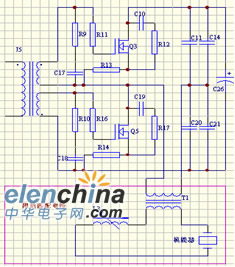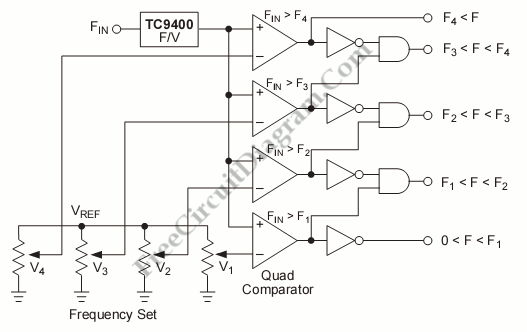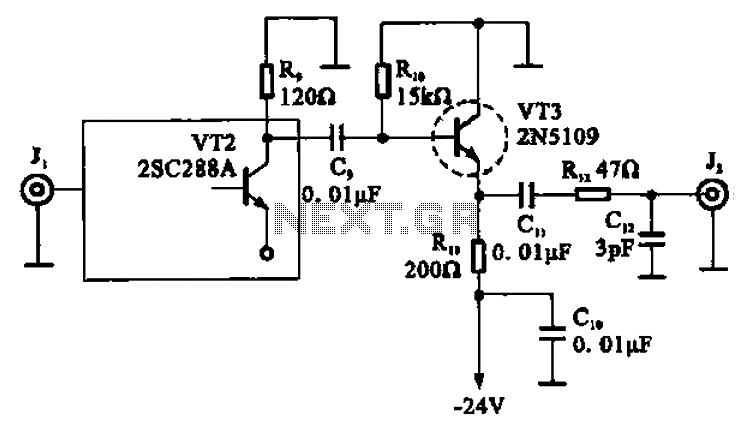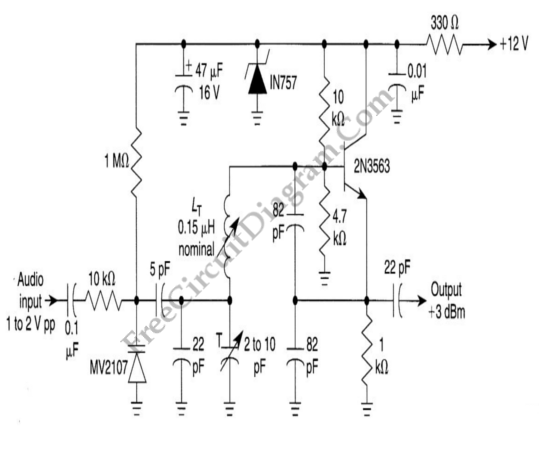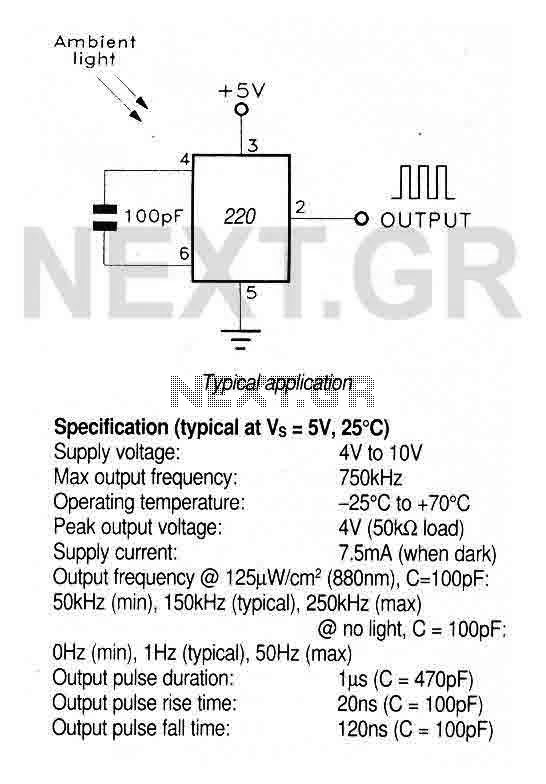
Tunable frequency oscillators
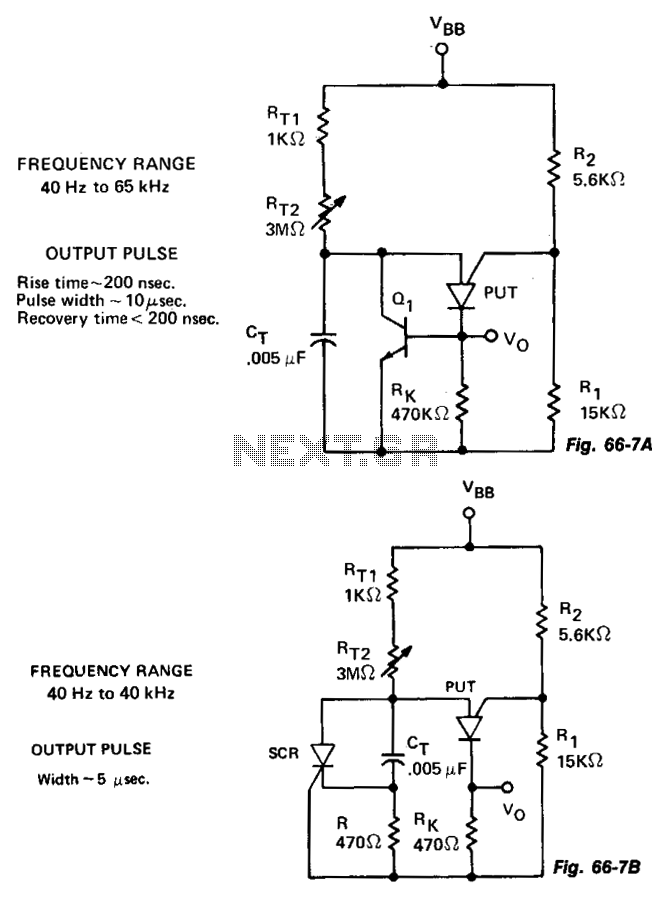
The variable oscillator circuit incorporates active components to discharge the timing capacitor CT, as illustrated in Fig. 66-7A. An alternative method is presented in Fig. 66-7B.
The variable oscillator circuit is designed to generate oscillating signals with adjustable frequency characteristics. At the core of this circuit is the timing capacitor (CT), which plays a crucial role in determining the oscillation frequency. The active elements, typically comprising transistors or operational amplifiers, are responsible for the rapid discharge of the timing capacitor, allowing the circuit to reset and initiate a new cycle of oscillation.
In the configuration shown in Fig. 66-7A, the discharge path for the timing capacitor is facilitated through a controlled mechanism that ensures precise timing intervals. The active components are configured to switch states at specific voltage thresholds, effectively controlling the timing capacitor's discharge rate. This results in a variable frequency output that can be fine-tuned for various applications.
Fig. 66-7B introduces an alternative method for achieving similar oscillation characteristics. This may involve different arrangements of the active elements or additional passive components, such as resistors and inductors, to modify the discharge path or timing characteristics. The choice of method depends on the desired performance specifications, including stability, frequency range, and power consumption.
Overall, the design of the variable oscillator circuit is critical for applications in signal generation, modulation, and timing functions across various electronic systems. The ability to adjust the frequency dynamically makes it a versatile component in both analog and digital circuits.The variable oscillator circuit includes active elements for discharging the timing capacitor CT shown in Fig. 66-7A. A second method is given as in Fig. 66-7B,
The variable oscillator circuit is designed to generate oscillating signals with adjustable frequency characteristics. At the core of this circuit is the timing capacitor (CT), which plays a crucial role in determining the oscillation frequency. The active elements, typically comprising transistors or operational amplifiers, are responsible for the rapid discharge of the timing capacitor, allowing the circuit to reset and initiate a new cycle of oscillation.
In the configuration shown in Fig. 66-7A, the discharge path for the timing capacitor is facilitated through a controlled mechanism that ensures precise timing intervals. The active components are configured to switch states at specific voltage thresholds, effectively controlling the timing capacitor's discharge rate. This results in a variable frequency output that can be fine-tuned for various applications.
Fig. 66-7B introduces an alternative method for achieving similar oscillation characteristics. This may involve different arrangements of the active elements or additional passive components, such as resistors and inductors, to modify the discharge path or timing characteristics. The choice of method depends on the desired performance specifications, including stability, frequency range, and power consumption.
Overall, the design of the variable oscillator circuit is critical for applications in signal generation, modulation, and timing functions across various electronic systems. The ability to adjust the frequency dynamically makes it a versatile component in both analog and digital circuits.The variable oscillator circuit includes active elements for discharging the timing capacitor CT shown in Fig. 66-7A. A second method is given as in Fig. 66-7B,
